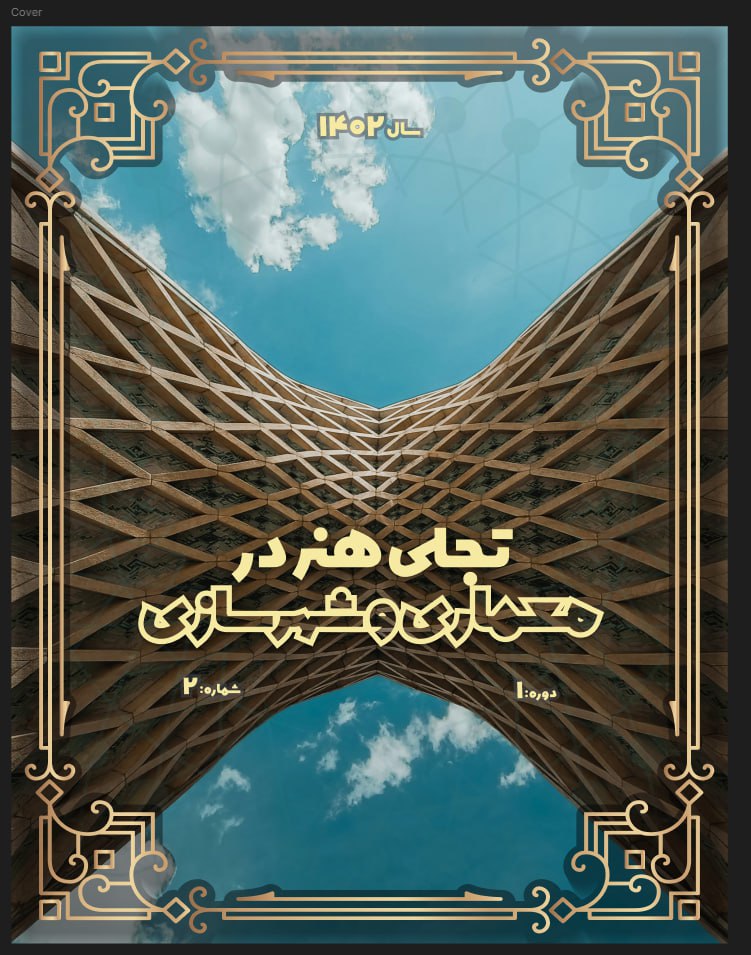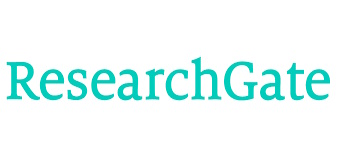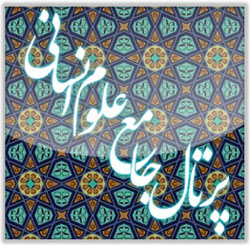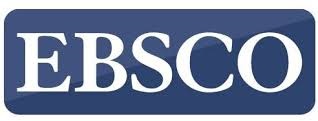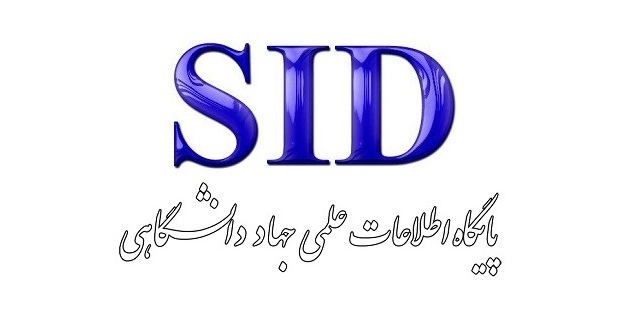Analysis of Visual Forms in Iranian Murals
Keywords:
Iran, art, mural painting, visual forms, creation of a work of artAbstract
Mural painting can be considered the earliest form of human artistic creation in the history of art, which has continued from ancient times to the present and whose influence on human life remains significant. These works, in addition to their valuable historical dimension, hold particular importance from an aesthetic perspective. Accordingly, the aim of the present study is to analyze the visual forms in Iranian murals. This research employed a descriptive–analytical and library-based method. The findings indicated that the examination and analysis of visual forms in Iranian murals are highly significant in scholarly studies. The organization of murals in urban spaces requires adherence to the principles of visual forms and pictorial aspects. A considerable portion of the visual pollution, disorder, and chaos observed in urban environments arises from the lack of harmony between these elements and their surroundings. Intensification of such visual disharmonies can lead to the emergence of psychological unrest among citizens throughout the day.
Downloads
References
1. Kafshchian Moghaddam A. An Examination of the Characteristics of Mural Painting. Fine Arts Journal. 2004(20):67-78.
2. Najafi J. A Semiotic Analysis of Tehran's Images in the City's Murals. Sociology of Culture and Art. 2024;6(4):36-51.
3. Rasouli-Pour S, Ghazi Zadeh AA. An Analysis of Valiasr Square Murals with a Sociological Art Approach Based on Pierre Bourdieu. Interdisciplinary Journal of Art Research. 2024;2(1):159-76.
4. Kashir M, Kafshchian Moghaddam A. Examining the Impact of Environmental Visual Qualities on Mural Painting. Peykareh. 2020;9(19):42-55.
5. Alavi Nejad SM. A Comparative Study on the Use of Two Terms: Architectural Decorations and Mural Painting in Islamic Art Sources. Negareh. 2010(15):5-17.
6. Siqueiros DA. A Look at the Life and Works of Siqueiros. Tehran: Donyaye Nur; 2013.
7. Noroni S. The Social Impact of Murals in Urban Spaces. Tehran: Mirdashti Publications; 2014.
8. Kafshchian Moghaddam A. The Burnt Buds of the Revolution's Mural Painting Movement. Khial-e Sharghi Journal. 2006(20):67-78.
9. Ebrahimi Dehkordi A, Saadat Fard M. Evaluating the Impact of Contemporary Mashhad Paintings on Citizens with an Emphasis on Three Dominant Approaches: Commemorative, Abstract, and Simulation. Journal of Fine Arts - Visual Arts. 2018;23(4).
10. Dondis A. A Primer of Visual Literacy. Tehran: Soroush; 2016.
11. Pahlevan F. An Introduction to the Analysis of Formal Elements in Logos. Tehran: University of Art; 2012.
12. Mousavi Lor Aa-S, Shamili L. The Visual Structure of Tabriz Murals. Jelveh-ye Honar Journal. 2011(8):53-66.
13. Hofmann A. The Fundamentals of Visual Arts. Tehran: Aban Publications; 2021.
14. Ghorbanpour Fadaei M, editor A Study of the Role and Position of Color in the Fundamentals of Visual Arts with an Emphasis on Painting. National Conference on Manifestations of Iranian Islamic Art in Culture and Science Documents; 2018; Tehran.
15. Gruter J. Aesthetics in Architecture: Shahid Beheshti University; 2009.
16. Zafarman SJ. The Concept of Form, Especially in Art. Fine Arts Journal. 2002(11):13-21.
Downloads
Published
Submitted
Revised
Accepted
Issue
Section
License
Copyright (c) 2025 Mojdeh Pajouhesh

This work is licensed under a Creative Commons Attribution-NonCommercial 4.0 International License.
